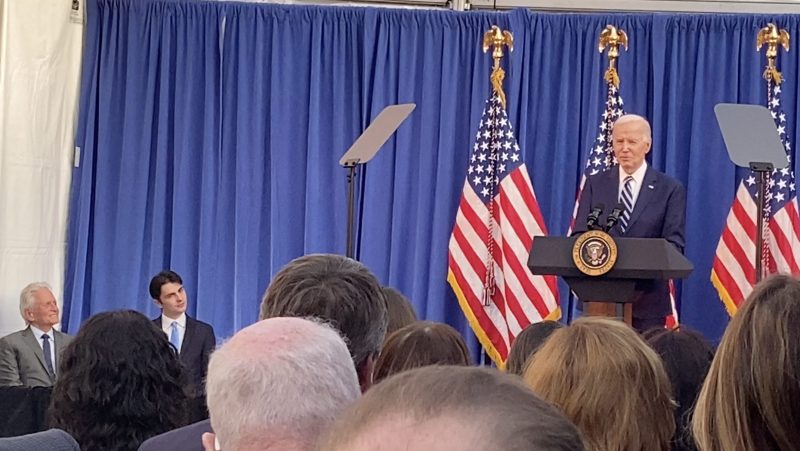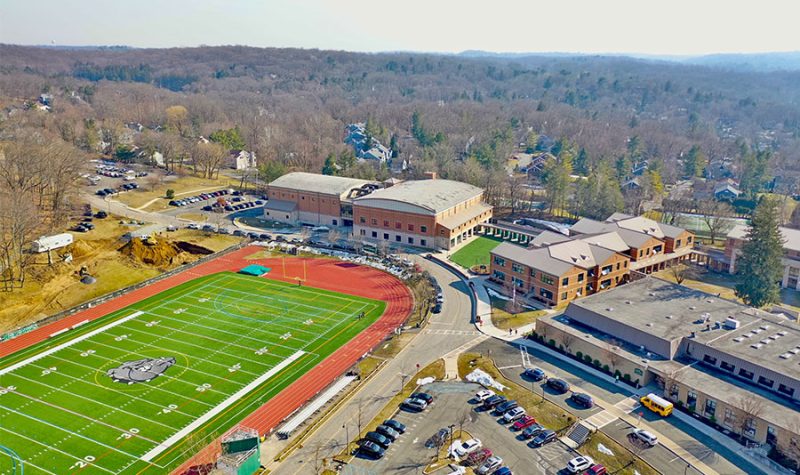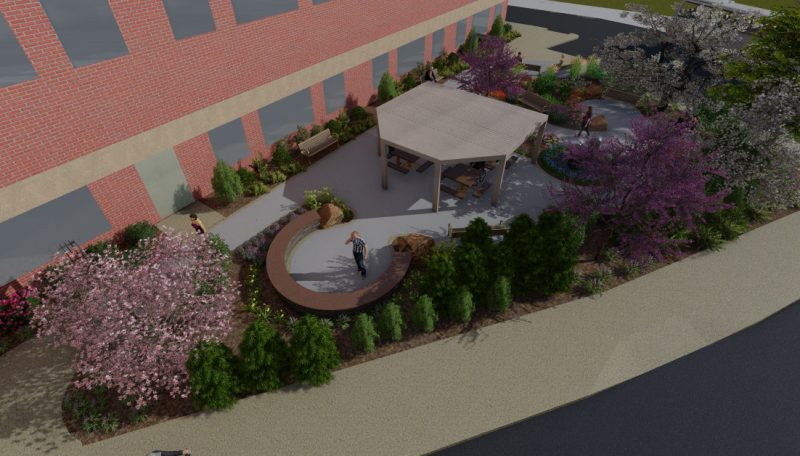
Called “A pragmatic framework for nonprofit digital transformation that embraces the human-centered nature of your organization, The Smart Non-Profit: Staying Human-Centered in an Automated World is the latest work by Sleepy Hollow resident Allison Fine and her co-author, Beth Kanter. It offers case studies and practical tips for the ethical use of Artificial Intelligence specifically by nonprofit organizations. The author of several other books in this field, including The Networked NonProfit and Momentum: Igniting Social Change in the Connected Age, Ms Fine also ran as a Democrat in the 2020 primary for the 17th Congressional District, eventually won by Rep. Mondaire Jones. As the book hits the market, she took time to answer questions posed by The Hudson Independent (THI):
THI: All of us, as individuals, businesses and non-profits, turned to communications technology during the pandemic. Zoom, YouTube, webinars became our principal mode of communication. But “smart tech” is something else again. What’s the difference?
AF: Smart tech is an umbrella term we coined to refer to digital technologies such as Artificial Intelligence (AI) and its subsets and cousins, such as machine learning, and natural language processes. These technologies are best right now at doing rote tasks, the same things over and again, like answering the same questions or filling out the same forms. It shows up as chat bots, resume screening software, and robots. These technologies automate internal systems and processes, meaning they make decisions for (and instead of) people. Zoom doesn’t decide what answers you will give to questions, a chat bot on a company’s website that is “on” 24/7 does.
THI: Robots, chatbots, machine learning–that’s not cheap stuff. How do non-profits–especially small ones such as we’re likely to have here in the rivertowns–get in on the action?
AF: We are at a key inflexion point in the development of the technology where the computational power has gone way up while the price has gone way down. This is a recurring theme in tech development. It means that everyday people and company’s now have access to technology that only, say, NASA did just a few years ago. But just because we can buy it, doesn’t mean we know how to use it well!
THI: What are some examples of local non-profits that have benefited from “smart tech?”
AF: The key thing about smart tech is that many organizations are using it without knowing it. Unlike social media that is visible and public, smart tech is embedded within other products and systems. Many nonprofits are using smart tech software to search for potential donors within their own systems and on the web. Or job applicant resumes are being screened by smart tech systems. Or maybe even robots are stocking shelves at a food pantry. Each instance may not seem like that big of a deal, however, in each case, the organization has turned over decision-making to a machine. Increasingly this means that smart tech will decide who gets to interview for a job, and what tasks volunteers will do. Ensuring that people are overseeing these systems, that every part of an organization is deeply human-centered, is a key reason we wrote The Smart Nonprofit.
THI: You assert that one of the benefits of using smart tech is that it frees up staff to take advantage of what you call “the dividend of time.” How do leaders of non-profits steer their employees or volunteers into work habits that take advantage of that dividend?
AF: Using smart tech well is not a technical but a leadership challenge. Smart tech could be used to just make organizations do more of the same kinds of things they are doing now. However, given that we have an incredibly high burnout rate that too often comes from overwork and poor leadership, adding smart tech without careful thought has the potential to inflame this situation. We need leaders to understand what smart tech is, what it does well, and how to use it carefully in order to make work better. And by better, we mean freeing up staff from administrative overload and creating time to build stronger relationships with donors and volunteers, find and share stories, solve problems. The kinds of things that only people can do. The kinds of meaningful activities that drew people to the work in the first place. However, the only way to get there is through intentional leadership that is willing to change organizational cultures from the always-on cacophonies that result in people checking their email, on average, 75 times a day.

THI: You write about “embedded bias”–algorithms written by white men, with all that that implies. Other than getting women, people of color and members of marginalized groups to re-write a whole lot of code, how is a modest-sized non-profit to correct for that bias?
 Print
Print
























